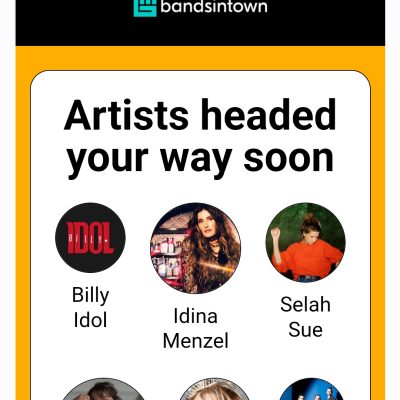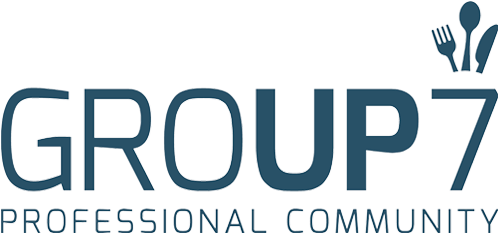The process and technology used to automate your customer journey is called marketing automation. You automate your tasks, your workflow and your marketing campaigns to achieve more effective and targeted sales. In this article, we discuss the history and development of marketing automation, explaining the reasons behind its success, giving three examples of marketing automation, and sharing a playbook that makes sure you have done all the right preparations.
How it all began
The success of email marketing all began with Microsoft, which made it possible for everyone to have their own email addresses with Hotmail. With that, email marketing as we know it today was born. Marketing automation involves planning the entire customer journey, meaning that it is much more than just email marketing.
Since 2003 there have been more and more technologies emerging that make it possible to send your messages in a more targeted and personal way. The emergence of autoresponders, automatically sent emails in response to filling in a registration form, for example – can be seen as the beginning of marketing automation. The basic concept behind an autoresponder like this is simple: ‘something’ triggers the email to be sent automatically. For example, when you register for an event, you then automatically receive a confirmation, reminder and thank you email. More and more triggers are becoming possible here, as long as they are digital. If certain triggers are not digital, such as account manager site visits, then make them digital. This can be done by recording the visit in a CRM system, for example, which then provides the trigger for one or more emails.
What originally started with personal emails has now expanded to other messages (WhatsApp, SMS or personal contacts) as well as personal web pages or push messages from mobile apps. This ensures that your customers get the right information at the right time.
What explains the success of marketing automation?
YOU BUILD UP YOUR CUSTOMER DATA
Marketing automation allows you to learn more and more about your customers. For instance, you will start using CRM data or user click behaviour to trigger emails. When you start receiving responses back from those emails, your data source will become richer. This is how you can build an increasingly comprehensive profile for multiple (potential) customers, which makes marketing automation every marketer’s dream.
IT ALIGNS WITH YOUR CUSTOMER’S PERSONAL PREFERENCES
You can use marketing automation to send personalised messages at the right time, with content that suits that customer’s needs. As a customer, if you’ve had contact with a brand in the morning on a particular topic, then you will tend to be much more receptive to an email message from that brand on the same day rather than the following month. When the next message genuinely matches you and your interests as a customer at that moment, then the email will resonate much better. In other words, marketing automation significantly increases customer engagement with your message.
MARKETING AUTOMATION HELPS YOU SELL MORE EFFECTIVELY
The art of selling is about providing the right information at the right time. Suppose you want to buy a coffee machine. In that case, you’ll be primarily interested in the look, the brewing method, the coffee types and the capacity. All the information about delivery and maintenance should come at a much later stage. You only need to know how to use it once you’ve bought it. Since you use your customer data to gain a better understanding of what your customer needs and when they need it, you can always provide the right content at the right time. Then the selling process truly becomes a collaboration between sales and marketing. Higher conversions and more effective sales then result in very happy sales managers.
More personal contact with your customers, increasingly rich sources of customer data and more effective selling. That’s what marketing automation is all about.
Three examples of data-driven marketing automation
1. Profile data
Profile data refers to information such as name, gender, sector, role, distributor and contact details. One simple and relevant example of how to use profile data is the welcome series. Whenever someone has subscribed to a newsletter or signed up for a webinar, send a warm welcome email. And not just one, but several, to make sure you briefly get noticed. When they sign up, their willingness to read is very high. At that point, it is a very good idea to ask about specific preferences directly.
Welcoming a lead is an important step towards making a purchase.

2. Behavioural data
Behavioural data include information such as which landing page you viewed, which web forms you filled out, which links you clicked on or any requests you made.
Another useful example is following up on a request for a trial package. You will then want to confirm that the request has come in, of course, with some great content about the featured product. Then you can also announce that the shipment has been sent, perhaps with some instructions on use. And finally, you will want to follow up. This can be done using an automated email, but you can also have marketing automation send a call task to a representative.
Directing existing customers to relevant items can lead to (follow-up) purchases

Guiding your lead through the sales process is an important part of marketing automation.
3. Purchase data
Purchase data reveals what products people use, perhaps also how much was ordered and when. Frequent customers who have bought from you recently are the ones you very much want to keep. This could be by offering extra incentives, such as a VIP invitation to a trade show or a discount on a product launch. Customers who are brand new or, for example, who have stopped ordering should be addressed very differently. You’ll want to (re)activate these customers. If you have a lot of purchase data, then in combination with your other customer information, you’re already one step ahead. Every group deserves its own message(s). Not having to do that manually saves you a tremendous amount of time.

Marketing automation helps you get the most value out of your customer lifecycle.
What can marketing automation do for your marketing and sales performance?
Marketing automation covers:
- Landing pages or lead capturing pages (such as forms)
- Email marketing automation
- Creating and managing campaigns
- Forecasting and rating leads
- Lead & sales pipeline management
- CRM & reporting functionality
- Referral management and affiliates
- E-commerce functionality
It’s important not to just buy a marketing automation programme because it includes all the features listed. Choose the one that matches your needs.
Want to get started with marketing automation? Then download the playbook – How to start a marketing automation project. This playbook makes sure you are well-prepared.
Want to know more about the reasons why you need top-notch marketing automation? The following article presents you seven reasons for automating your marketing.



